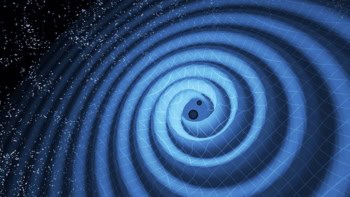Fame in science is different to fame in other areas of life according to physicists at Clarkson University in the US. Daniel ben-Avraham and colleagues have shown that the fame of a scientist – as measured by the number of hits on Google – is directly proportional to their merit as measured by the number of research papers they have published. Such a relationship is not found for other groups such as sportsmen or actors (J P Bagrow et al. 2004 arXiv/cond-mat/0404515). The Clarkson team says that the research could shed new light on the science of networks and help researchers working in social sciences and psychology.
ben-Avraham and colleagues started by compiling a list of 449 condensed-matter physicists who have published papers on the cond-mat pre-print server. Then they determined how “famous” each scientist was by counting the number of Google hits their name produced in a search. To calculate “merit” they counted the number of papers that he or she had posted in cond-mat since it began in 1991. They found that fame is linearly proportional to merit.
This is completely different to what is found for people who enjoy what the Clarkson physicists describe as “true fame”, such as sports stars and actors. Fame for these people increases exponentially with merit. Moreover, fame for the truly famous follows a power-law distribution, whereas it falls off more rapidly for scientists.
“The simplest explanation for this is that scientists cite their colleagues in web pages, in relation to their published work,” ben-Avraham told PhysicsWeb. “Thus, more work published results in an equivalent increase in citations in web pages. Essentially, the fame of scientists is limited to within their peer group, hence the title of our paper “How famous is a scientist? – Famous to those who know us.”



